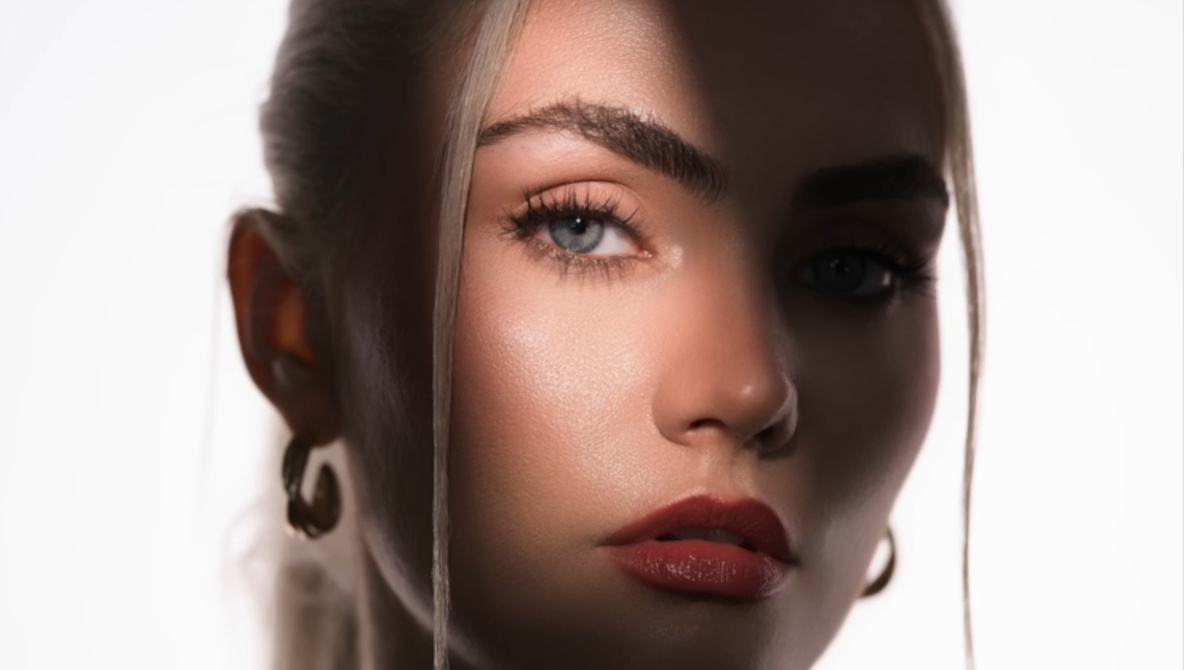Medium format cameras promise superior image quality over full frame, but the real question isn’t whether they’re better. It’s when you can actually see that difference with your own eyes.
Coming to you from Manny Ortiz, this revealing video tackles the medium format versus full frame debate with actual side-by-side comparisons that show exactly when medium format cameras like the Hasselblad X2D shine. Ortiz spent two years shooting with medium format systems and discovered something surprising about when the advantage becomes visible. The biggest difference isn’t what most people expect it to be. It’s not the 100-megapixel resolution or the extra dynamic range that makes medium format special. The magic happens in the colors and tonal transitions, particularly when you’re working with contrasty lighting situations where harsh light sources create dramatic shadows and highlights.
Ortiz demonstrates this phenomenon with studio portraits shot under slit lighting, comparing the Hasselblad X2D against full frame cameras. The medium format files show dramatically smoother highlight rolloff and richer skin tones that look almost three-dimensional on screen. When he zooms into the skin details, the difference becomes jaw-dropping. The Hasselblad renders micro-contrast and color transitions that make the subject appear more lifelike and dimensional. But here’s the catch that might surprise you and could save you thousands of dollars. Sometimes you simply can’t see any meaningful difference between the two formats, even when pixel-peeping on a high-resolution monitor. Ortiz shows several examples where full frame holds its own completely, particularly in evenly lit scenarios like outdoor portraits under large scrims.
This inconsistency reveals the true nature of medium format’s advantages and limitations. The video shows specific lighting conditions where medium format truly excels, but also exposes the practical drawbacks that might make you reconsider your upgrade path. Autofocus performance lags significantly behind full frame systems, and the camera shoots only three frames per second and lacks continuous autofocus, which Ortiz admits slows down his shooting and causes him to miss shots. File sizes exceed 200 megabytes each, creating storage and workflow challenges. Lens selection remains limited compared to the vast full frame ecosystem, though Ortiz notes they deliver exceptional optical quality with both clinical sharpness and pleasing character. The 4:3 aspect ratio provides more room for portraits, however.
Ortiz addresses the elephant in the room about whether clients will actually notice these differences in final deliverables. He admits that Instagram compression and typical viewing conditions eliminate most of the medium format advantages, making the upgrade primarily about personal satisfaction rather than client perception. Check out the video above for the full rundown from Ortiz.
